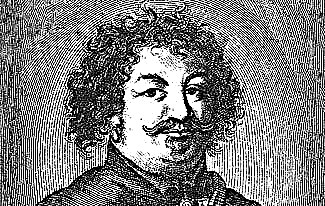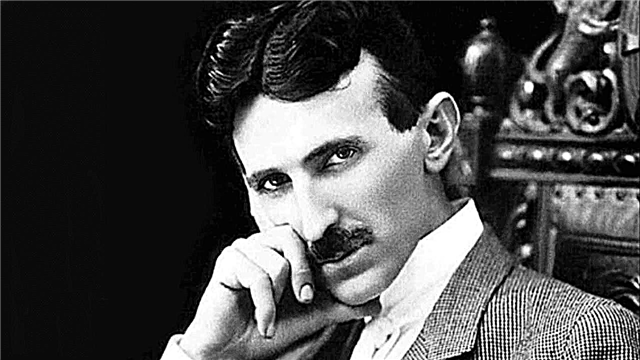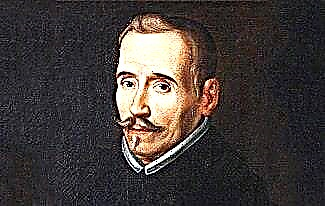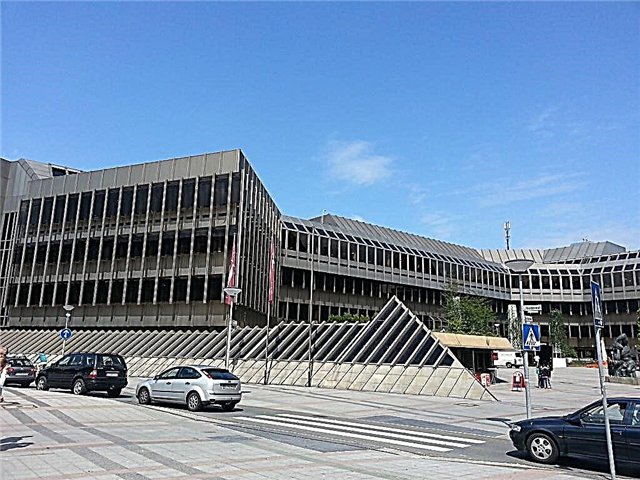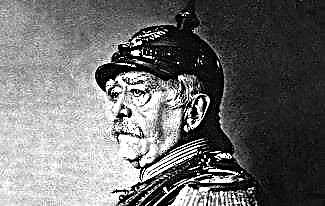St. Basil's Cathedral, according to canonical tradition called the Cathedral of the Intercession of the Most Holy Theotokos on the Moat, is no less known as the Intercession. It is rightly considered an extremely famous architectural monument not only in the Russian capital, but throughout the state.
Construction of St. Basil's Cathedral
The history of the creation of the majestic temple built on Red Square, crowned with original domes, has almost five centuries. The cathedral recently celebrated the 456th anniversary of its consecration.
Located in the immediate vicinity of the Spassky Gate, it was erected in Moscow in the 16th century at the behest of Ivan the Terrible, who was ruling the state during this period. The construction of the temple became a kind of gratitude of the ruler for the successful completion of the Kazan campaign, to which he attached colossal state significance, and the victory over the Kazan Khanate.
According to historical data, the sovereign began construction of the stone church on the advice of Metropolitan Macarius, who served as the Saint of Moscow. The latter belongs to the description and the idea of the compositional design of the temple erected later.
In historical documents, the name of the Church of the Intercession of the Mother of God, which meant a wooden temple, is first reflected in 1554. According to researchers, in the 16th century, the Trinity Church was located next to the defensive moat surrounding the Kremlin.
At the cemetery in the church side-altar in 1551, following the will of the ruler, they buried the holy fool Basil, who had the gift of providence. It was in such a significant place for believers that a large-scale construction of an architectural masterpiece made of stone began. In the walls of the temple, which received the second name St. Basil's Cathedral, the relics of the one whose last refuge later became the site of numerous miracles were later transferred.
The construction of St. Basil's Cathedral, carried out exclusively in the warm months, took six years. Most of the construction was successfully completed in the autumn of 1559. A couple of years later, on July 12, Metropolitan Macarius personally consecrated his main church, called the Intercession.
Architect: historical truth and legends
The Cathedral of the Intercession has been under construction for several years. And today there are lively disputes between scientists about the names of the architects who are building. For a long time, there was a version that the construction of the temple was entrusted by the tsar to two domestic masters - Barma and Postnik Yakovlev.
There is a legend according to which the king, who did not want talented architects to create another temple, more majestic than this, repeating the unique style, ordered to blind the architects.
However, modern scientists are inclined to believe that the construction of the cathedral is the work of one master - Ivan Yakovlevich Barma, who is also popularly known by the nickname Postnik. Documents indicate that he was the author of architectural projects, according to which the Kremlin was later built in Kazan, cathedrals in Sviyazhsk and in the capital itself.
Originality of the architectural project
St. Basil's Cathedral is represented by nine churches built on a single foundation. According to the architects, it consists of a church located in the central part of a brick building, surrounded by eight more aisles. All churches are connected to each other by internal passages with vaults. For the foundation, plinth and individual elements decorating the facade, they decided to use white stone.
The central chapel was erected in honor of the Protection of the Mother of God. This is connected with an extremely important event: the fortress wall of Kazan was blown up directly on this holiday. The church dominating the rest has a rather high tent at the top.
Before the revolution of 1917 that changed the state system, the complex consisted of 11 aisles:
- Central or Pokrovsky.
- Vostochny or Troitsky.
- Timed to Alexander Svirsky.
- Dedicated to Nicholas the Wonderworker.
- Located in the southwestern part, whose patron was Varlaam Khutynsky.
- Western or Entry Jerusalem.
- Northwest facing.
- Looking north
- Timed to John the Merciful.
- Erected over the resting place of the blessed one, called John
- Built in a separate annex in 1588, the chapel over the grave of the deceased Basil the Blessed.
All, according to the architect's idea, the side-chapel towers covered with vaults are crowned with different domes. The harmonious ensemble of organically interconnected side-chapels of St. Basil's Cathedral ends with a three-tent open belfry. Each of its arches housed a massive bell.

The architect made a wise decision, which made it possible to protect the facade of the cathedral from atmospheric precipitation for many years. For this purpose, the walls of the cathedral were covered with red and white paint, thus imitating brickwork. What composition the domes of the cathedral were originally covered with remains a mystery today, since their temple was lost due to a fire raging in the city in 1595. St. Basil's Cathedral retained its architectural appearance until 1588.
We recommend seeing the Smolny Cathedral.
By order of Fyodor Ioannovich, the tenth church was laid over the burial place of the holy fool, canonized by that time. The erected temple was pillarless and had a separate entrance.
In the 17th century, thanks to popular preference, the name of one side-altar was transferred to the entire cathedral complex, which has since become known as the Cathedral of St. Basil the Blessed.
Reconstruction and restoration of St. Basil's Cathedral
Since the middle of the 17th century, St. Basil's Cathedral has undergone a number of significant changes in the design of both the facade and the interior. The wooden sheds, which were constantly suffering from fires, were replaced by a roof erected on brick pillars.
The walls of the cathedral galleries, which serve as a faithful support, and the porch erected above the stairs, were covered with polychrome ornamental painting. A tile inscription appeared along the entire length of the upper cornice.
The belfry was also rebuilt in the same period, due to which a two-tiered bell tower appeared.
By the end of the 18th century, the interior of the temple was decorated with oil painting, used for plot writing, with which pictures and images of saints were made.
A year after the revolution in the country, the Intercession Cathedral was among the first to be protected by the new government as a monument of world significance.
Museum activities of the temple
Since the spring of 1923, St. Basil's Cathedral opened its doors to visitors in a new capacity - as a historical and architectural museum. Despite this, he did not lose the right to conduct services in the chapel erected in honor of the blessed chapel.

Five years later, the Intercession Cathedral received the status of a branch of the historical museum, functioning at the state level, which it still maintains today. Thanks to the unique restoration work carried out in the cathedral in the middle of the 20th century, the original appearance of the temple complex has been largely restored.
Since 1990, it has become a UNESCO World Heritage Site. 10 years ago, an architectural masterpiece was nominated for the Seven Wonders of Russia competition.
You can visit the museum that has renewed its expositions at the address: Moscow, Red Square, 2. Tours are held here daily. Opening hours of the cordially awaiting museum guests are from 11:00 to 16:00.
The price of the guide's services is very reasonable. Tickets for an exciting excursion around the cathedral, during which you can take memorable photos, can be purchased for 100 rubles.

